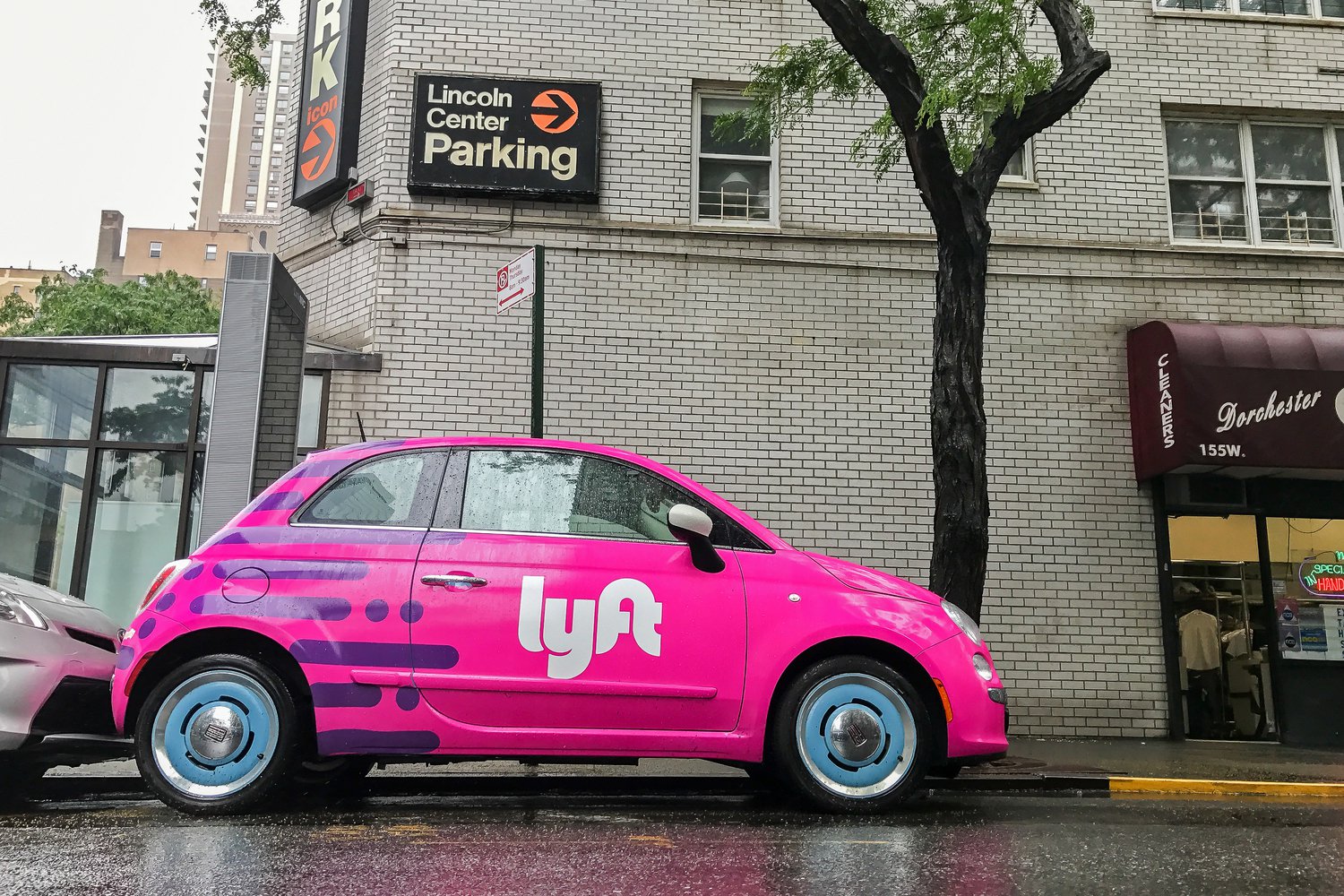In a year, Lyft’s stock price will slump. Here’s why
 Who built riding hailing app Lyft, who went public with a first day valuation $22billion? (No internet firms are going pubic right so this is the only game in town, hence the price.)
Who built riding hailing app Lyft, who went public with a first day valuation $22billion? (No internet firms are going pubic right so this is the only game in town, hence the price.)
That’s easy: Uber. The success of Uber drove Lyft.
But the economics of Lyft are so weird. Yes they operate at a loss, but how does that shake out?
Lyft make $2.2b in revenue but lose $900m in negative EBITA. Which means that if you take a $12 Lyft ride it is costing them $20.
Ride hailing as a sector is a transfer of wealth from drivers and their investors to passengers.
How long can that go on? In Lyft’s IPO prospectus they keep using the word “network effects” but there are no network effects at Lyft.
As you will recall, network effects are when every user that is added somehow adds incremental value to the product – Instagram is a classic example. Every time someone joins Instagram it gets more valuable.
There is scale for Lyft and Uber, but what is the network effect? There isn’t one.
How does a negative 45% EBITA margin get to profitability via scale?
It is not like Amazon, who ran at a loss for years. (Amazon launched adjacent businesses that became profitable.)
Sooner or later you’d have to raise prices 40%.
In a year, Lyft’s stock price will slump.
Posted in: Infographic of the day | Leave a Comment